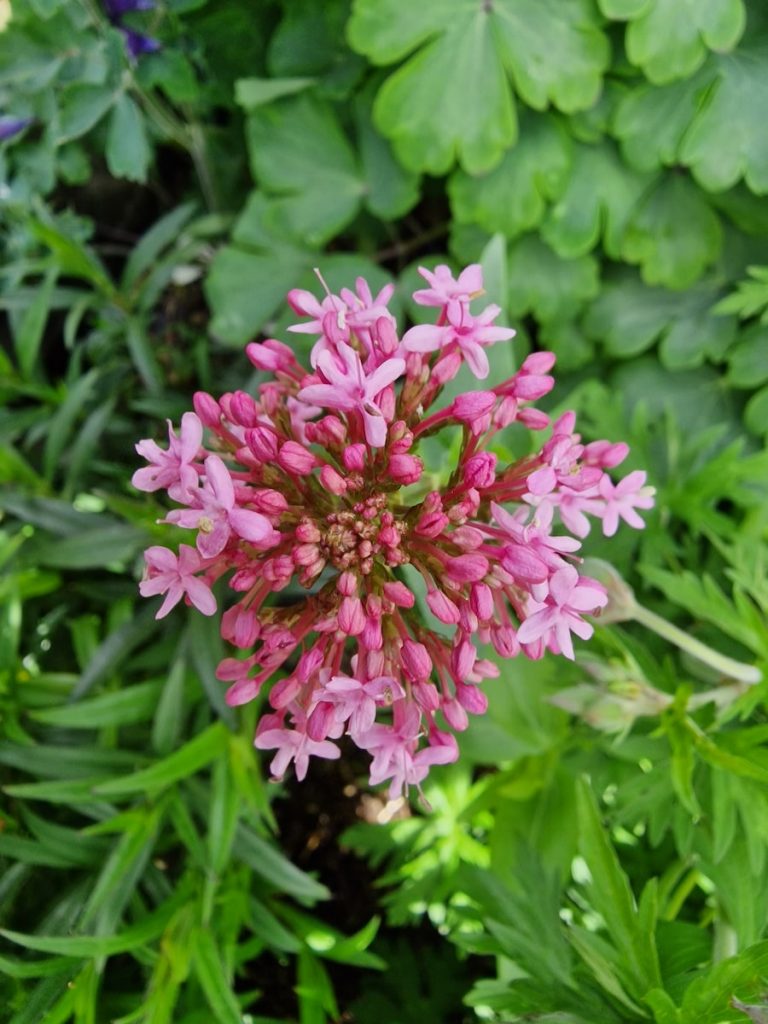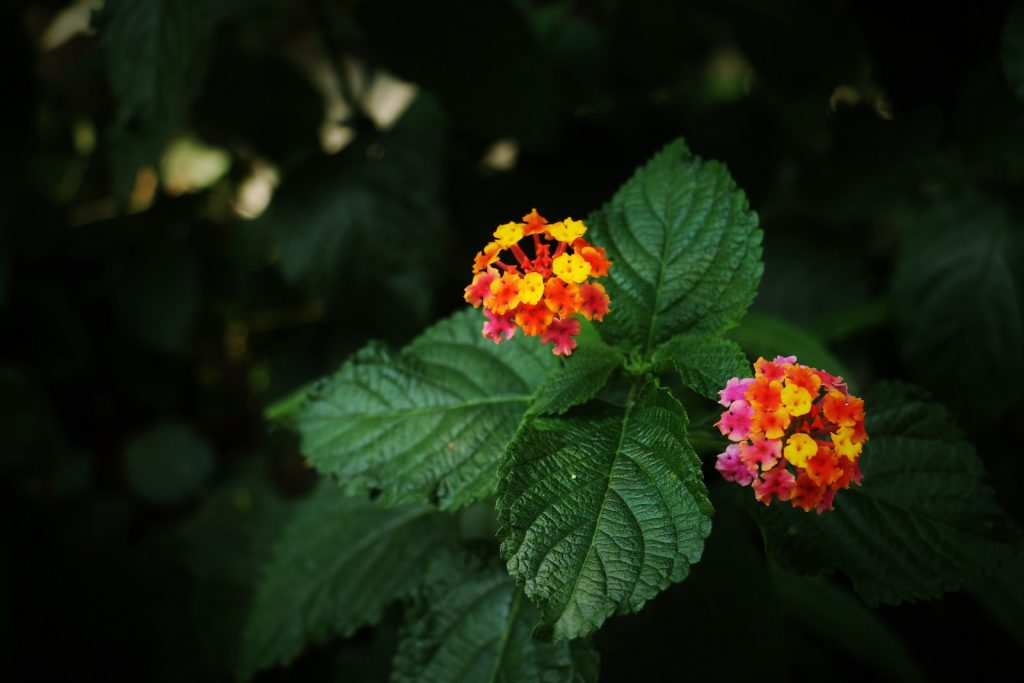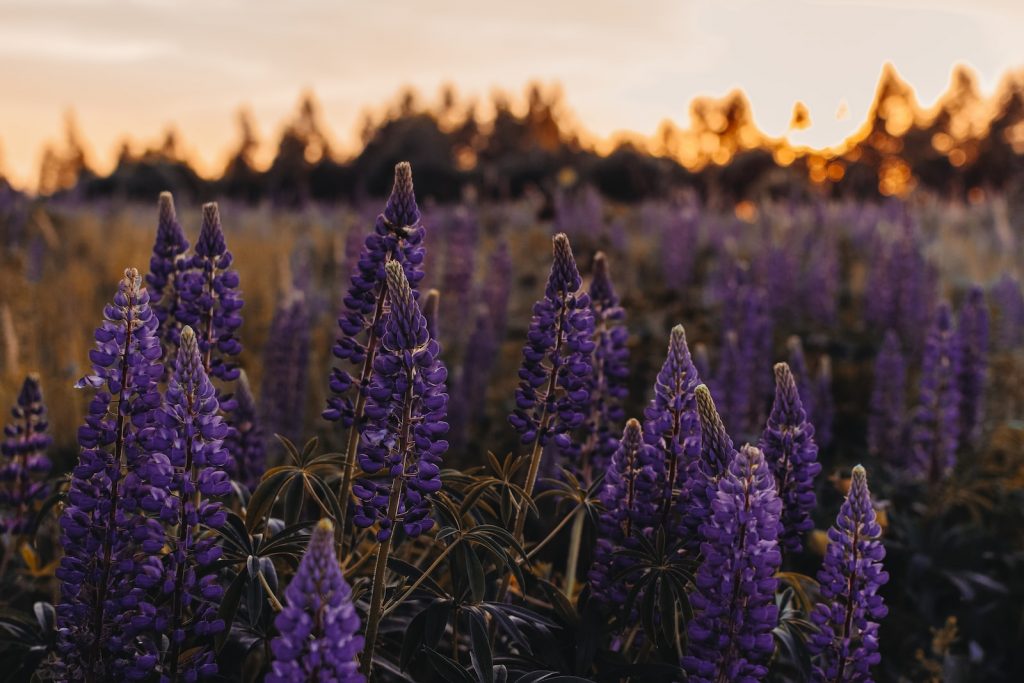Valerian - Valeriana officinalis

Valerian, a member of the Valerianaceae family, is a perennial plant native to Europe and Asia and naturalized in North America. Valerian is well known for its sedative qualities and its ability to relax the central nervous system and the smooth muscle groups. It has been used as a sleeping aid for hundreds of years especially when there is excitation or difficulty in falling to sleep due to nervousness. Research suggests valerian root may help improve sleep quality, reduce anxiety, improve symptoms of OCD, and reduce hyperactive behavior in children.
Veldt grape - Cissus quadrangularis

Hadjod can reduce swelling, relieve pain, treat allied illnesses associated with fractures, and aid in healing fractures. The inclusion of Beta-sitosterol and luteolin flavonoids in hadjod is responsible for its anti-inflammatory properties. Hadjod might help in body building due to the presence of vitamin C that is essential for collagen formation. It is used in body building supplements and is found to be effective in strengthening the bones and joints. Its consumption might also decrease the cortisol level i.e., the stress hormone and promote muscle growth
Vegetable Sheep - Raoulia

Vegetable sheep are named for their similarity to woolly sheep, but they are actually hard to the touch. The ‘woolly’ leaves prevent water being lost through drying winds. Beneath them are the remains of old, rotted leaves, which form a mass of peat-like material that holds water like a sponge.
Vervain - Verbena officinalis

It has been useful to herbal healers for many centuries of recorded history, both in the Europe and in North America. Vervain’s healing properties are attributed primarily to its bitter and stimulating effect on the liver and other organs, as well as its relaxing effect on the nervous system. Herbalists consider vervain especially helpful when depression is related to chronic illness. Vervain is useful in many diseases as a pain reliever and antirheumatic used to relive joint pain. It is recommends using it as a poultice “ vervain is good in headache, earache, neuralgia, rheumatism… A warm infusion of either root, leaves or flowers is helpful for colds fevers, throat and chest congestion with headache. Vervain acts as an expectorant to treat chronic bronchitis.
Velvet Tree Pear - Opuntia tomentosa

Velvet tree pear (Opuntia tomentosa) is an erect shrub or small tree 1-8 m tall often with a well-developed trunk to over 40 cm diameter. The dull green stem segments (pads) are flattened, oblong to narrowly elliptic, 15 to 30 cm long, 6 to 16 cm broad and 1.5 to 2 cm thick. It is a weed of roadsides, railways, pastures, grasslands, open woodlands, rangelands, disturbed sites and waste areas.
Vanilla - Vanilla planifolia

The long, slender black fruits of Vanilla planifolia are the vanilla “beans” that are one of the most recognized and popular flavors in the world. The vanilla extract we use in cooking comes from the vanilla orchid vine. While vanilla does not have any medicinal properties per se, it does help to improve digestion. Vanilla is often used to flavor less palatable herbal medicines. Preparation Methods & Dosage: Whole vanilla pods can be used in teas and add flavor to sugar and coffees. Vanilla works well as an ingredient natural potpourri. You can make your own vanilla extract by soaking split vanilla pods in alcohol.
Vetiver - Chrysopogon zizanioides

It is also called khus, perennial grass of the family Poaceae, the roots of which contain an oil used in perfumes. Vetiver is native to tropical Asia and has been introduced into the tropics of both hemispheres; it has escaped cultivation and become a weed in some regions. Vetiver is sometimes applied directly to the skin for relieving stress, as well as for emotional traumas and shock, lice, and repelling insects. It is also used for arthritis, stings, and burns. Vetiver is sometimes inhaled as aromatherapy for nervousness, insomnia, and joint and muscle pain.
Voodoo Lily - Amorphophallus konjac

Konjac is a common name of the East and Southeast Asian plant Amorphophallus konjac, which has an edible corm. It is also known as konjaku, konnyaku potato, devil’s tongue, voodoo lily, snake palm, or elephant yam. Possibly voodoo lily comes from the mystic of the plants but the later name is derived from the stalks that hold up single leaves having a snakelike appearance and feel. It is is a herbaceous, cormous, perennial plant found in forest margins and thickets in China. It has glossy brown edible corms (bobo-tuber) that produce rhizomatous offsets each year.
Violet trees - Securidaca longipedunculata

The violet tree is a small to medium-sized tree that grows up to 6 m high, with characteristic pale grey smooth bark. Leaves are variable in size and shape, alternate, often in clusters or crowded on dwarf spur branchlets which are sometimes spine-tipped. Violet leaf can be tinctured, used in bath and body creations, steeped as violet tea, or blended into nutritional vinegars and herbal formulations. The European or sweet violet is cultivated for its beautiful and fragrant flowers that are also used in perfumes, flavorings, and herbal medicines.

